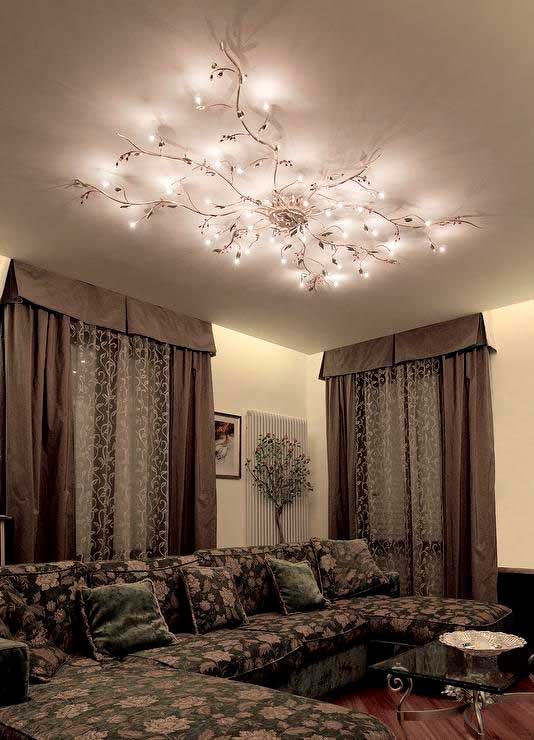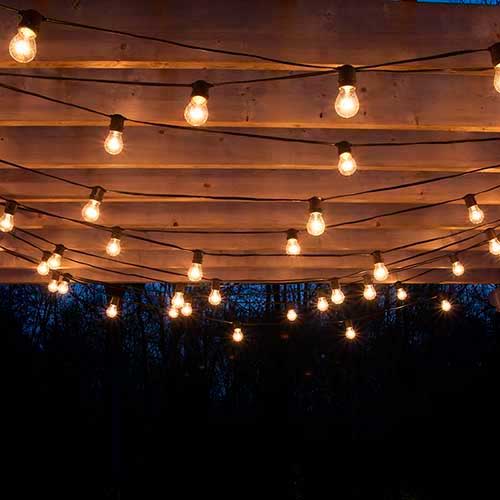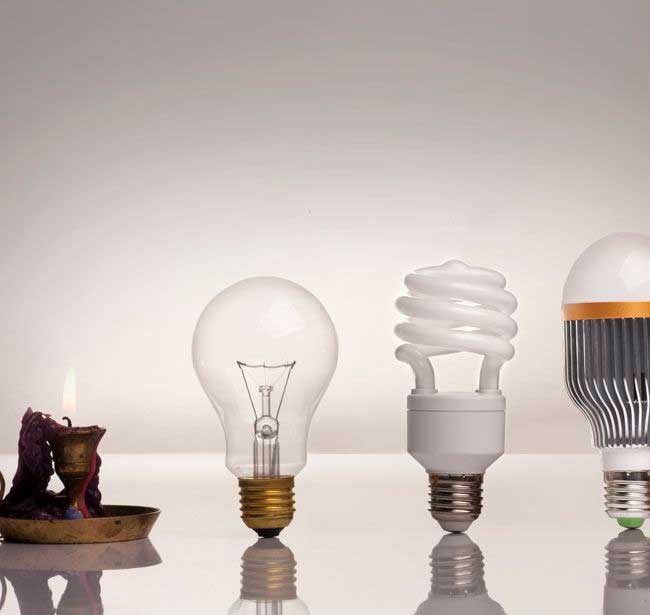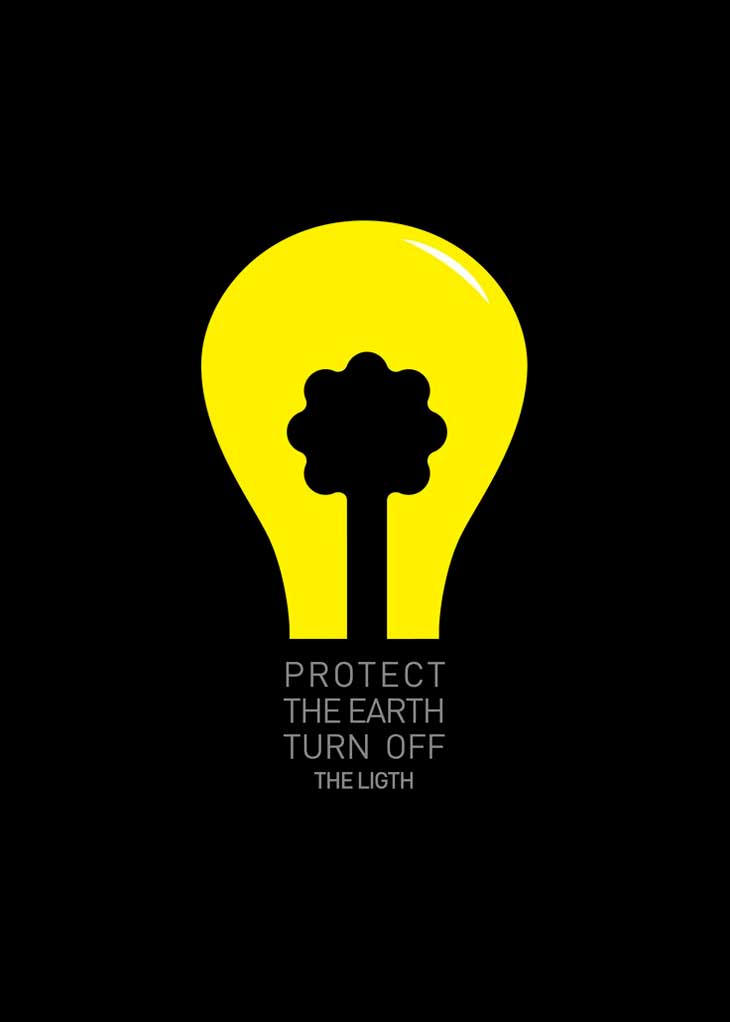In the current circumstances, with concerns about ecology, budget-saving, and time management, the question of energy wastage is becoming more and more discussed. Not many people know, for example, how much electricity a light bulb uses.
It's important to note that our electricity use doesn't only include using bigger devices but also basic things like turning on a light daily.Today, we'll talk about how much electricity it takes to turn on a light.
The Luxury of Light

In the modern world, we frequently take the luxury of having light day and night for granted. However, how does this affect energy consumption?
That's the question we'll try to answer here. What distinguishes an LED light bulb from an incandescent one with 1000 watts? How much energy does a 1000-watt bulb utilize?
These are critical questions, particularly as we try to be more aware of energy use. Yet, the answers aren't as straightforward as they might seem.
Different bulbs use different amounts of energy

There are three main types of lights available to consumers:
- Incandescent bulbs (most of us grew up with these familiar, old-fashioned lights which don't work very efficiently and don't last long)
- Compact fluorescent lights or CFLs (these spiral-shaped bulbs are often associated with energy efficiency)
- LED bulbs (light-emitting diodes, which are energy-efficient yet maintain the appearance of the classic incandescent bulb).
As you might imagine, each type uses different amounts of energy.Now, when it comes to wattage, no two bulbs are alike. A 1000-watt bulb of any kind will use the same amount of energy.
However, in each type of bulb, 1000 watts will produce different levels of brightness. Thus, the brightness they produce must be taken into account when comparing the types.
Cost-Saving with Bulbs

For simplicity, we can compare similar brightness levels of bulbs that are on all year round, 365 days a year. How can you get these light bulbs for less money? This is a common question.
You can save a significant amount by switching to bulbs that use less energy. By monitoring your usage over time, you'll purchase and replace fewer bulbs, resulting in reduced energy costs.
Switching out your light bulbs is a straightforward and effective way to decrease your home's energy consumption, and you'll hardly notice a difference.
Energy costs have increased, as we've all seen on our smart meters. As days and nights become longer, our lights will be on more frequently.
The different wattages and types of light bulbs each require varying amounts of power. The cost to run a light bulb per hour in your home has been determined, and we also have some innovative ways to save money.
The answer to "how much electricity does a light bulb use?" will decrease over time, thanks to these efficient bulb features. New lights have an energy efficiency rating from A to G, with A being the most efficient.
The label should also display energy consumption for 1000 hours of use, helping you estimate the cost. The lower the wattage, the less power a light will use.
Look for energy-saving bulbs that provide the brightness you need, measured in lumens, with the lowest possible wattage.
Often, a bulb's lifespan is measured in hours
This lifespan varies depending on the type of bulb since different bulbs function differently. Incandescent bulbs, the least efficient type, have a thin metal filament that eventually breaks down. Heat accounts for 90% of these bulbs' energy consumption.
The longer you leave this bulb type on, the more energy you waste and the more wear you inflict on the filament. Constantly switching incandescent bulbs on and off can reduce their lifespan, but not as much as leaving them on unnecessarily for long durations.
Turning CFL bulbs on and off frequently has a more significant impact. If you'll be out of a room for less than ten minutes, it's usually best to leave them on.
LED lights contain many tiny LEDs that will eventually fail, but their expected lifespan is around 50,000 hours. Turning LEDs on and off puts stress on their capacitors, but under normal use, it shouldn't noticeably affect their lifespan.
When you leave a room, it's generally best to turn off the lights, especially for LED bulbs, which degrade slower than CFLs.
Turning off lights saves money.
The frequency with which you replace bulbs and your energy bills can both decrease. Though continuously switching bulbs on and off can reduce their lifespan, unless done excessively, it's better to turn them off rather than leave them on.
Consider light pollution as well. Leaving a light on while sleeping can disrupt your sleep cycles and impact ecosystems and animal behaviors.
The costs of leaving lights on aren't just financial. Turning off lights when not in use can benefit more than just your energy bills.Ideally, only the lights in the rooms you're in should be on.
Generally, if you leave a room, turn the lights off before you go. The exception is if you're using CFL bulbs and stepping out briefly; then, consider leaving them on.
In conclusion, incandescent and CFL bulbs shouldn't be frequently switched on and off, though this practice's energy savings still outweigh a slightly shortened lifespan.
Meanwhile, LED bulbs are the most energy-efficient, have the longest lifespan, and aren't significantly affected by being switched on and off. This makes them the ideal choice for energy-saving endeavors.